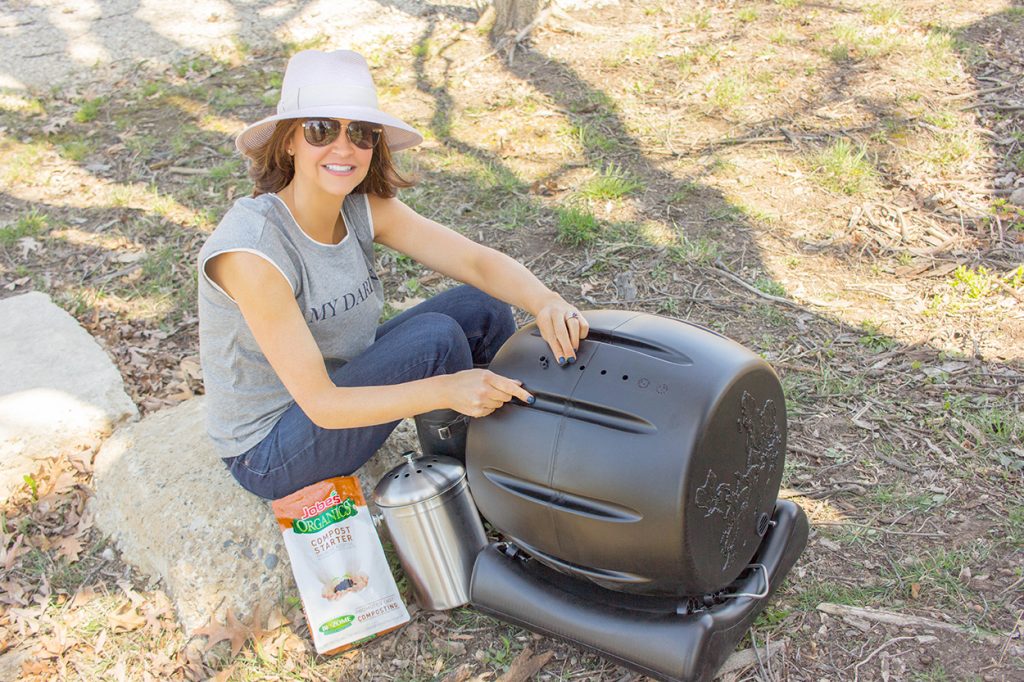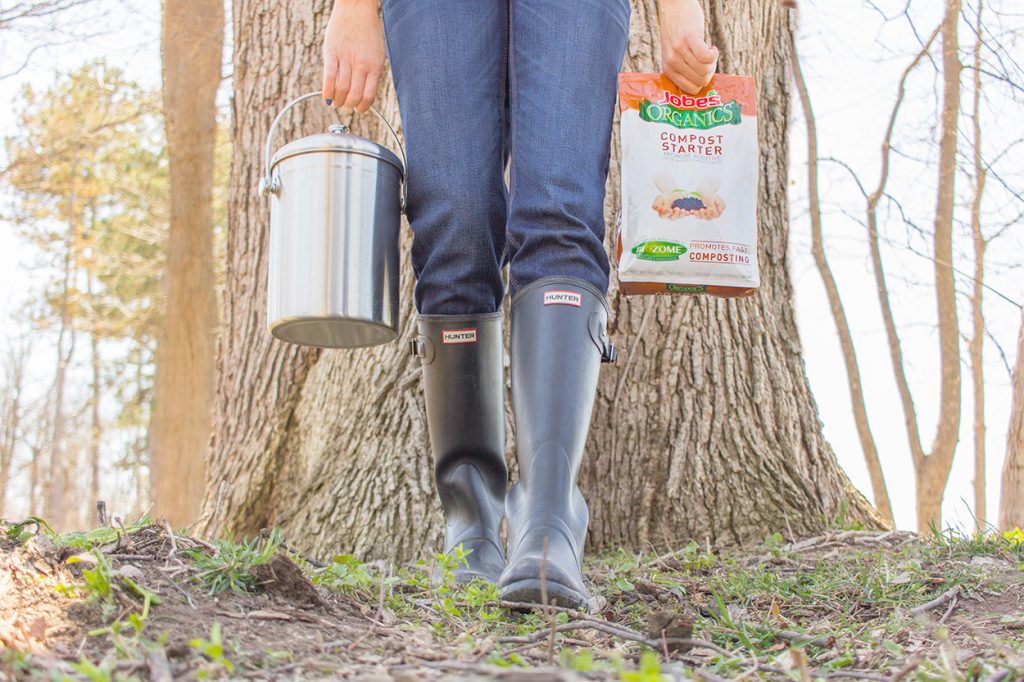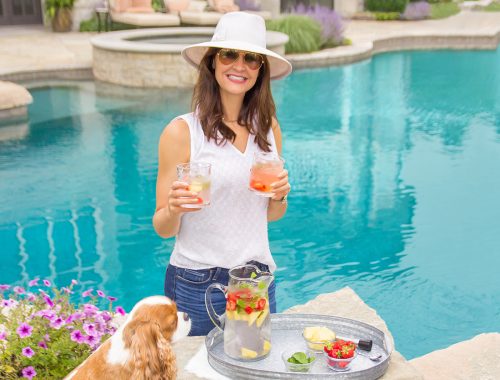Today let’s talk “trash”! Or composting more specifically. I am not sure what sparked my interest in composting recently. Maybe it is my love of gardening or trying to live a healthier lifestyle. As I began to start this new endeavor I just grabbed a glass jar, threw it under my sink and started to throw in a bunch of kitchen left overs, peelings and some paper garbage. Well soon enough I realized this was NOT the way to do things! I had scary gross mold growing out of my glass container! Ugh! Mind you it is important to have mold and the best kind is a dusting of mold. What I had was furry and that means it is too wet. Needless to say, I threw on a mask and dumped it out in the field! I then went on a search of the do’s and don’ts to make my compost successful! Here is what I found:
1.) Selecting your composting box. The type of container you use will depend on a couple of factors. First consider how often you plan to dump your counter top compost into a larger compost bin. A plastic bin is fine if you empty it more often; however, smells will escape more with a plastic bin and you may not want that in your kitchen. Most counter top varieties are about 1 gallon and won’t take up a ton of space. They can come in different sizes and colors. I like the stainless steel one that I got from Amazon. I keep mine under the sink but there are some that can mount on your cabinet door. Just make sure it has a secure lid and will keep out the fruit flies.
2.) What to compost, Brown vs. Green. Brown items are dry leaves, wood chips, shredded paper, saw dust (make sure it is not chemically treated), straw hay and cardboard, toilet paper rolls. Green items are fruit and veggie scraps, coffee grounds and tea bags, feathers, egg shells, grass and plant clippings. Keeping a variety of these is important. If your compost is a little dry make sure to spray it with water every now and then. If it is a little too wet add more dry leaves or shredded paper.
3.) Never add meat, bones, poultry, fish, human and pet waste, whole eggs, or any dairy products to your pile. Adding fatty foods like poultry will slow down the compost process.
4.) It is not necessary but since I am impatient in nature (sorry Fam!) I used Jobe’s Organic Composting Starter. This is great because it is organic and it speeds up the process of decomposing the material.
5.) If you want to have more compost for a garden I would suggest getting the larger container that I purchased, the Envirocycle or something like it. It is expensive but it is made of food safe, BPA and rust free, UV and antioxidant protected materials. I think it is important to go that extra mile since you are trying to help the environment. If you are not ready to make that type of a purchase I would stick to a spot in the shade away from your home and start with a DIY container.

Composting is actually quite simple. It’s fun and great for the environment. If you haven’t tried it I would highly recommend it. I am still learning but it is cool (in a nerdy kind of way) to see your “trash” turn into something the earth and your environment can use.






No Comments